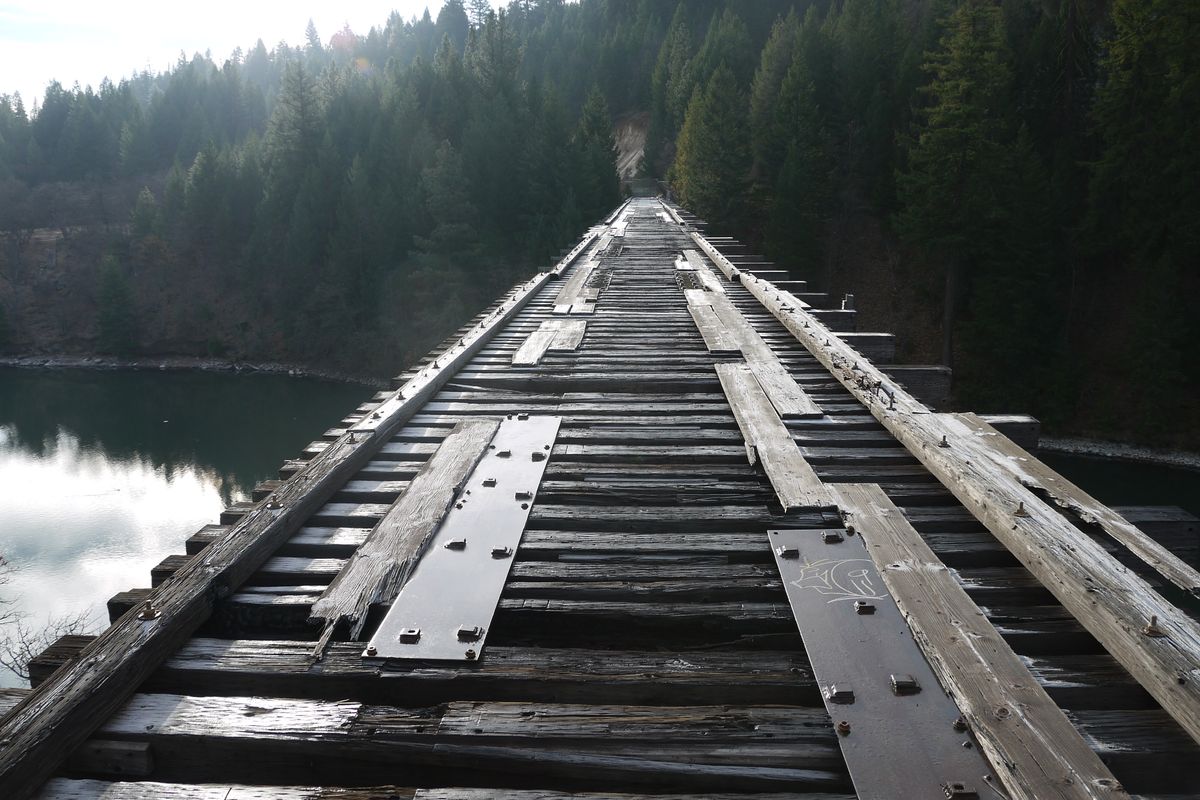Gen Z boy watched 'Stand by Me' and was shocked by the freedoms Boomers and Gen X took for granted
"How come these kids were just allowed to go off by themselves?”
After Rob Reiner’s recent untimely death, many gathered with friends and family to watch movies from his extremely extensive catalogue of hits. From romantic comedies like When Harry Met Sally to side-splittingly hilarious mockumentaries like Spinal Tap, Reiner directed a gamut of genres, including many films that still top expert film critics’ “best movie” lists.
Another of those films was Stand By Me, released in 1986. Based on the Stephen King 1982 novella The Body, it was a battle cry for the importance of friendship and loyalty to many who first read or saw it in their youth. It starred the late River Phoenix, Will Wheaton, Corey Feldman, and Jerry O’Connell as a group of boys who go searching for the body of a kid who has gone missing. And while it obviously tackles the theme of mortality, it encapsulates so much more.
My friend’s son, Kevin, who is just shy of his 15th birthday, sat down to watch the film with us this past weekend. He sat motionless (mostly) while he got engrossed in the dialogue. We saw a few tears, heard a lot of laughs, and took note of what really stood out to him as the end credits rolled.
“How come these kids were just allowed to go off by themselves?” he asked his dad. And we remained a little stunned by our own lack of a logical response. The story/film is unique in that it was released when many Gen X-ers were around the same age as the main characters. But a good portion of the movie is a flashback to the late 1950s, told through a voiceover (Richard Dreyfuss) who would be considered a boomer.
So how to answer that question? Why were so many boomer and Gen X kids allowed to roam so freely without parental discretion? Many of my fellow Gen X-ers were dropped off at concerts alone, even as young as age 12. I have memories of getting lost in the woods or the mall for hours at age 9.

Upworthy writer Annie Reneau explores the topic through her article asking whether Gen X kids "roamed freely." She cites the X thread “Did parents in the 80s really allow their kids to roam freely, or is that just a portrayal seen in movies?” And while the “why” of it isn’t exactly answered, over 40,000 replies seem to point that, for many, it was indeed the case. One of the comments shared said, “Allowed? We were not allowed in the house during the day. We had bikes and friends. There were 3 rules: 1: don’t get hurt 2: don’t be brought home by the police 3: see that light? If it’s on you’re late and grounded.”
On the subreddit r/GenX, someone asks plainly, “How do we feel about the film Stand By Me?” Over 250 comments, mostly reminiscing about the film and how it made them feel. One Redditor writes, “Lot of my childhood in that movie. Never went searching for a dead body, but did a whole lot of disappearing with friends and going on adventures. All any parents knew was going out with friends, be back eventually. Usually just the day, but many times it turned into overnights. It was a coin flip if parents were informed. Nobody cared.
Wish kids still did this. Moreso, wish parents would allow them to. I see so many of the people who love to brag about the crazy stuff they did as a kid turn around and keep a tight leash on their own kids.”

Kevin also seemed deeply moved by many of the quotes in the movie about friendship. He especially liked: “Friends come in and out of our lives like busboys at a restaurant.” And “I never had friends later on like the ones I had when I was 12. Jesus, does anyone?” Another line that stood out to all of us was: “This is my age. I’m in the prime of my youth and I’ll only be young once.”
I asked about these quotes, and Kevin answered sweetly, “It’s true. My crew from 6th grade is gonna be with me my whole life.”
I certainly hope, for Kevin's sake, that's true.

